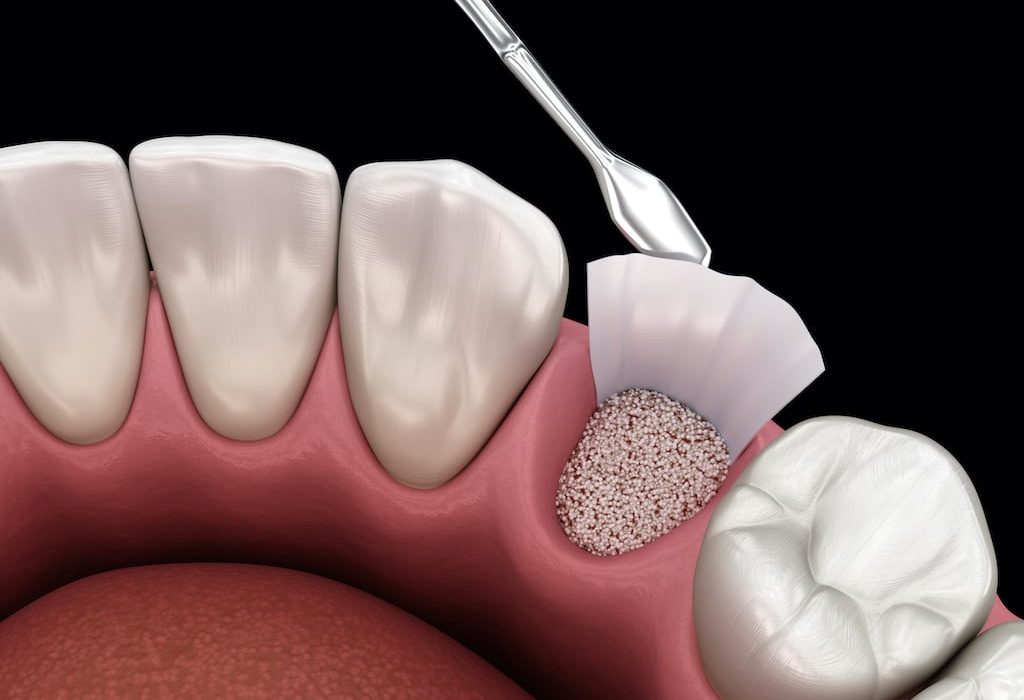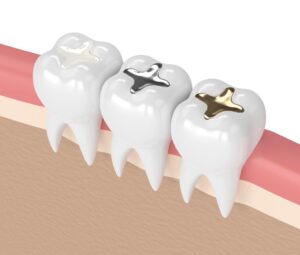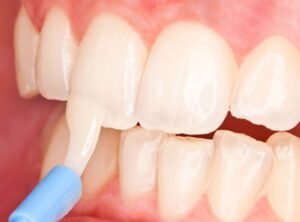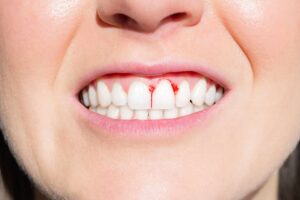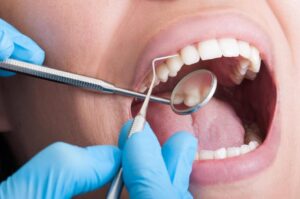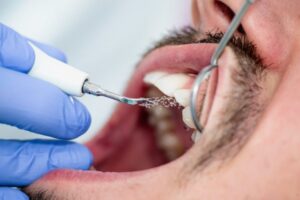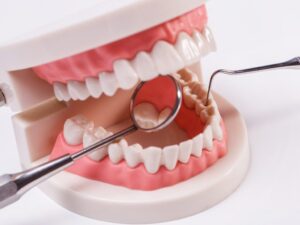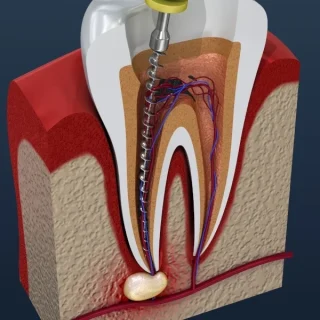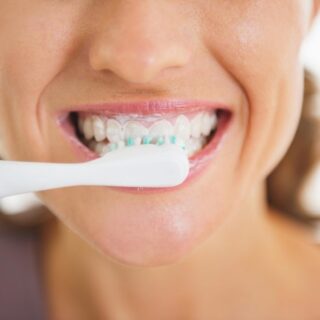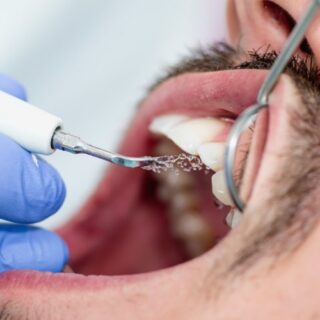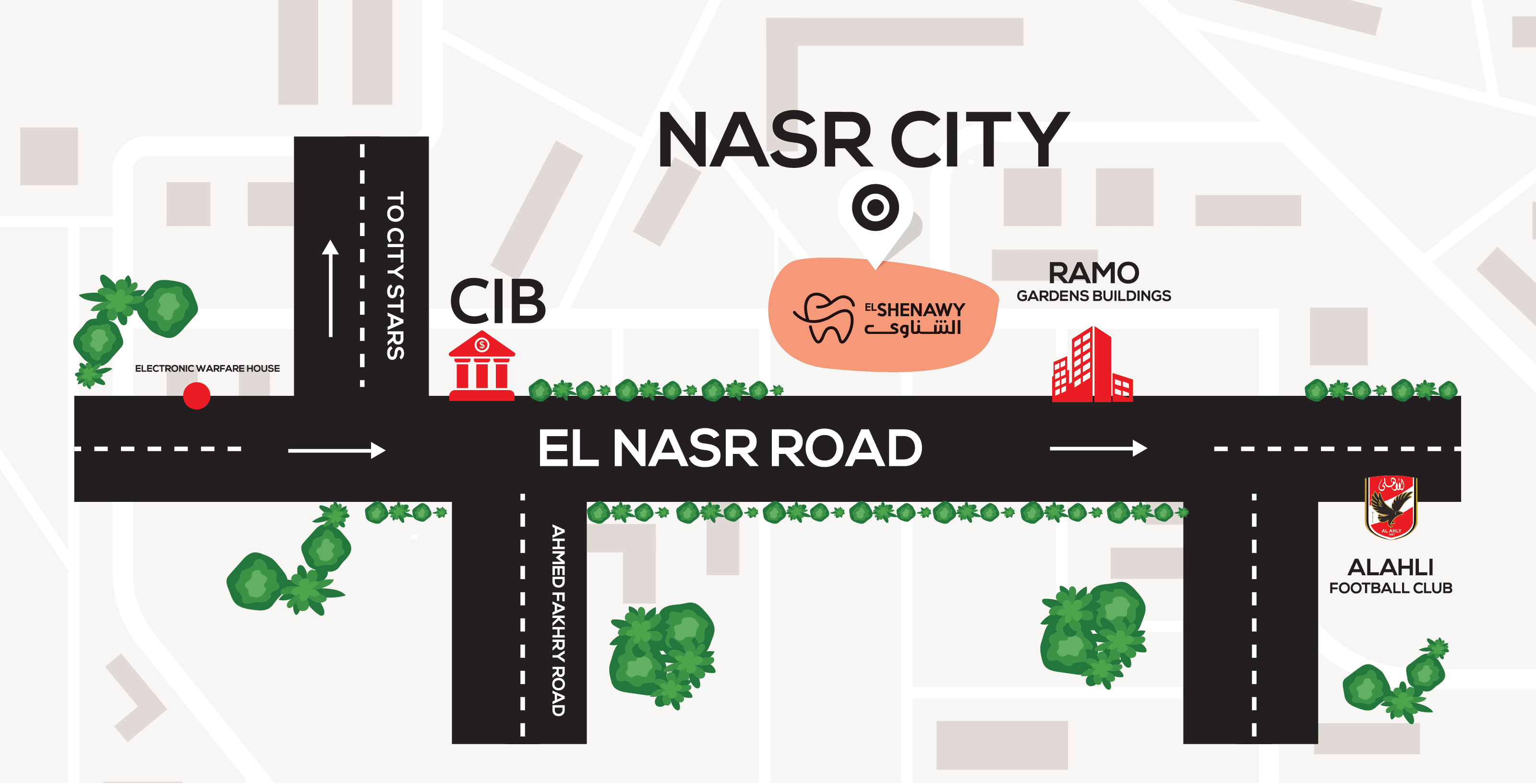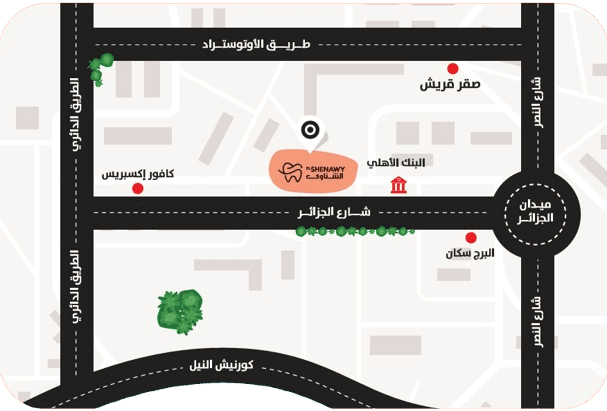Did you know that around 25% of patients seeking dental implants require a bone graft to restore the strength and density of their jawbone? Whether caused by gum disease, tooth loss, or injury, jawbone deterioration can hinder your ability to achieve a functional and confident smile. With a remarkable success rate of 95%, dental bone transplant procedures offer a reliable solution for patients, enhancing the longevity of implants and improving quality of life.
Defining What is Dental Bone Transplant
Dental transplant also known as dental bone graft is a type of oral surgery aimed at increasing the volume and density of the jawbone, often in areas where bone has been lost or weakened. In the procedure, a healthcare provider places powdered grafting material into areas with insufficient bone. This material acts like a scaffold, allowing the body’s own bone tissue to grow and regenerate over time, filling in the space and creating a stronger, more stable base. The bone graft supports future dental work, such as implants, by providing a solid foundation for them to integrate effectively into the jaw.
Benefits of Dental Bone Grafting
Dental grafting can serve several important functions, including:
- Replacing bone in areas where teeth have been extracted
- Expanding the jawbone in both width and volume
- Lifting the maxillary sinuses, which is sometimes needed before dental implants
- Creating a solid base for placing dental implants
- Restoring the jaw to prepare for dentures
- Healing bone damage caused by dental injuries
- Supporting and stabilizing loose teeth
- Addressing bone loss resulting from infections like gum disease
Types of Bone Graft in Dentistry
Dental bone grafts can be made from different materials depending on the source of the bone.
Main types include:
- Autografts: This type uses bone taken from your own body, typically from areas like the hip, chin, or jaw. Autografts are considered the gold standard because they have a lower risk of rejection and integrate well with the existing bone.
- Allografts: Allografts involve bone from another human, typically sourced from a cadaver. The bone is carefully processed and sterilized to reduce the risk of infection or disease transmission. This option is often used when there is insufficient bone from the patient’s own body.
- Xenografts: In this type, bone is sourced from another species, such as cows (bovine), pigs (porcine), or coral. Xenografts are often used as a scaffold that promotes bone regeneration, although they may not integrate as seamlessly as autografts.
- Alloplasts: These are synthetic bone substitutes made from materials like calcium phosphate or Bioglass (calcium sodium phosphosilicate). Alloplasts are an ideal option for patients who may not want or be able to use animal-derived materials.
Each type of bone graft serves a different purpose, depending on the patient’s needs and the specific area of the jaw being treated.

Which Dental Conditions Require Bone Transplant
Dental bone grafts are often necessary in the following conditions:
- Implants for Missing Teeth
Bone grafts are commonly required when receiving dental implants to replace missing teeth. Implants need a strong jawbone to secure them, and a study found that over half of implant sites require grafting beforehand. - Tooth Loss or Gum Disease
If you’ve lost teeth or have gum disease, bone loss in the jaw may occur. A bone graft can help stabilize the jaw, prevent further deterioration, and reduce the risk of complications like additional tooth loss or systemic issues from untreated gum disease. - Bone Loss in the Jaw
Jawbone loss can affect facial appearance, causing a sunken look or altering the shape of the lower jaw. Bone loss is common in older adults, but can also result from injuries, poor dental hygiene, or infections. A bone graft helps restore both function and appearance.
How the Process of Dental Transplant Goes?
- Anesthesia: Local anesthetic is applied to numb the area, and sedation may be used for relaxation.
- Incision: The surgeon makes a small cut in the gums to access the bone.
- Cleaning: The area is cleaned and disinfected to prevent infection.
- Bone Graft Placement: Bone material is added to the area of bone loss and secured using dissolvable membranes or screws.
- Repositioning and Closure: The gums are repositioned, and the incision is closed with stitches.
After the procedure, you’ll need to follow specific care instructions to ensure proper healing and the success of the bone graft. Additionally, regular dental check-ups are important to monitor progress and address any concerns during the healing process.
Dental Bone Graft Cost in Egypt
The cost of a dental bone graft in Egypt can vary based on several factors such as the type of graft material used, the complexity of the procedure, and whether the graft is done in conjunction with dental implants or other treatments.
Generally, bone grafts can range from approximately 4,000 EGP to 10,000 EGP or more. This range depends on factors like:
- Type of graft material: Synthetic bone, donor bone, or autogenous bone (your own bone) may have different costs.
- Location of the graft: Grafting for the upper jaw, lower jaw, or a specific area of the mouth may affect the price.
- Procedure complexity: If additional procedures such as sinus lifts or soft tissue grafts are required, this could increase the overall cost.
Average Cost at El-Shenawy Dental Centres
At El-Shenawy Dental Centres, the cost of a dental bone graft can vary, depending on several factors such as the complexity of the procedure and the materials used. While the exact cost for bone grafts is not specifically mentioned in the reference, we can estimate it based on similar dental procedures offered at the clinic, like dental implants.
Dental implants Price range is between 9,800 EGP to 15,700 EGP per tooth. Bone grafting is often a prerequisite for dental implants, and the cost of the graft could be somewhat lower, reflecting the scale of the procedure involved.
Caring for Your Dental Health at El-Shenawy Clinics
At El-Shenawy Dental Clinics, we are dedicated to delivering exceptional dental care with a strong focus on your comfort and overall well-being. Our team of experienced professionals is committed to providing personalized, effective solutions to meet your unique dental needs. We specialize in dental bone transplant, using the latest techniques and technology to ensure the highest quality of care. With a focus on precision and patient satisfaction, we work to restore and maintain your oral health, helping you achieve a confident and beautiful smile that lasts a lifetime.
Frequently Asked Questions
- How painful is dental bone transplant?
Dental grafting is generally well-tolerated with local anesthesia to numb the area. After the procedure, mild to moderate discomfort is common, which can typically be managed with over-the-counter painkillers.
- How successful are dental bone grafts?
Dental bone grafts have a high success rate, typically around 90-95%, depending on the type of graft, the patient’s health, and adherence to post-surgery care.



